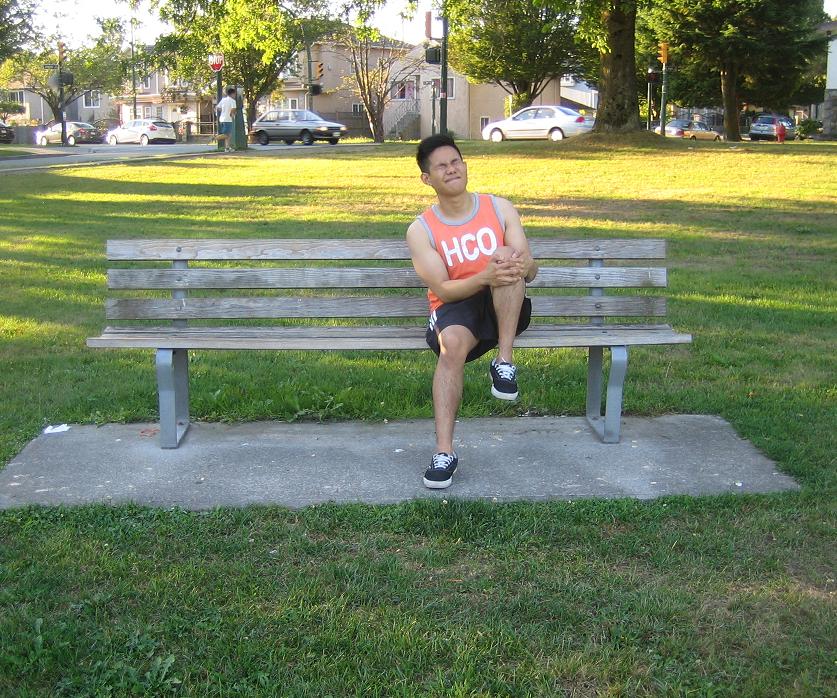Patellar tendinitis is an injury to the tendons that attaches the kneecap or patella to the shinbone. Generally, the patellar tendon with the muscles found at the front of the thigh function help in extending the knee for kicking, running and jumping.
Patellar tendinitis is common in athletes performing frequent jumping such as in basketball and volleyball.
Symptoms of patellar tendinitis
- At first, pain in the area, usually between the kneecap where the tendon connects to the shinbone or tibia.
- Tenderness and sensitivity to touch at the front of the patella
- The area around the patellar tendon is swollen
Pain can be felt in the affected area, usually between the kneecap where the tendon is connected to the shinbone or tibia if an individual has patellar tendinitis. - Pain can be felt after starting physical activity or after an intense workout.
- Lastly, difficulty in climbing stairs or rising from a chair
Causes
- Tight muscles in the hamstrings and quads places severe strain on the patellar tendon.
- Intense, frequent and repeated activity such as jumping or sudden movements especially in sports such as volleyball, basketball and soccer.
- Muscles imbalances
Treatment
- Take plenty of rest especially the affected patellar tendon. Avoid performing activities such as jumping, running or squatting to prevent making the condition worse.
- Apply an ice pack on the affected knee to lessen the pain and swelling. Wrap the pack using a towel or a cloth before placing on the area to prevent further damage and worsen the condition.
- Wear a patellar tendon strap wrapped around the leg under the patella. The strap puts pressure on the tendon and spreads the load throughout the tendon and lessens the pain.
- Wear a brace for the leg to prevent unnecessary movement and for fast healing of the condition.
- Take the prescribed pain medications such as naproxen or ibuprofen to lessen the pain and inflammation
- Seek the help of a physical therapist for some rehabilitation exercises for strengthening and stretching of the muscles and the patellar tendon. A tight hamstring is usually the cause of patellar tendinitis.
Tips
- Avoid performing vigorous physical activities when there is injury and ongoing inflammation. Wait until the inflammation is completely healed.
- Perform strengthening and conditioning exercises before participating in sports.
- Stop any physical activity when experiencing pain, stiffness and discomfort.
- Perform proper techniques in exercising and muscle conditioning to lessen the risk of injury.
- Perform adequate warm up and cooling down
More Information
The details posted on this page on patellar tendinitis is for learning purposes only. To learn to recognize and manage tendon injuries, enroll in a first aid course with one of our training providers.
FACT CHECK
https://www.healthline.com/health/patellar-tendonitis
https://www.mayoclinic.org/diseases-conditions/patellar-tendinitis/symptoms-causes/syc-20376113
https://physioworks.com.au/injuries-conditions-1/patella-tendonitis-tendinopathy


